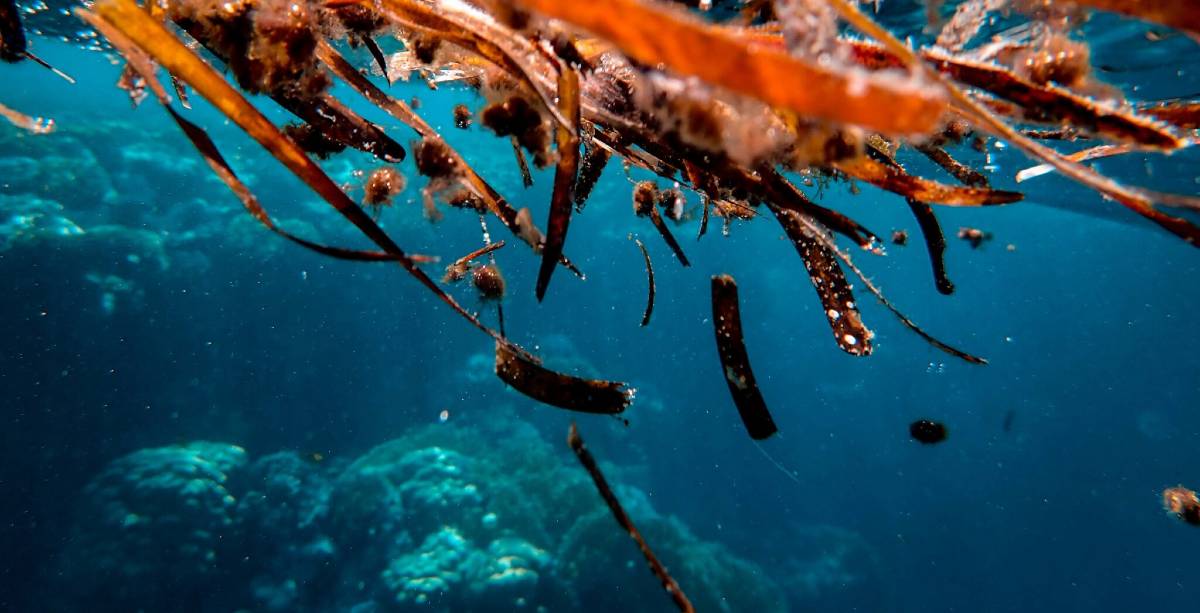You’ve tried those popular green dental sticks without success. You’ve tried brushing, and it went as well as could be expected, though you and your dog aren’t on speaking terms. And don’t even get you started on the goopy sprays. Those flashbacks involve more active enzymes on you than anywhere near your dog’s disgruntled muzzle. You’re doing everything you can, but still, that rock-hard tartar DOES NOT budge. So, how do you soften the tartar on a dog’s teeth? It’s simpler and more effective than you could hope for.
It’s sea algae. Yes, defense by sea plant. Let’s deep dive into what it is, where it comes from, and how it works to soften tartar on dog teeth.
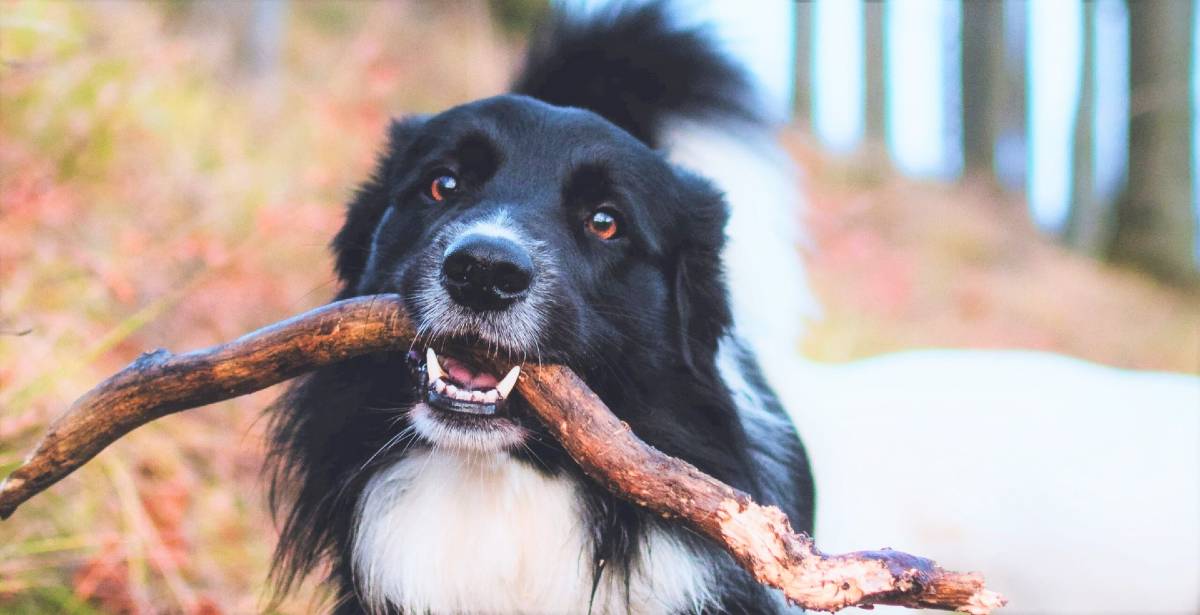
What Is Sea Algae?
This sea vegetable isn’t exactly the more common variety of seaweed that sushi lovers are familiar with. Still, sea algae are one of the wide variety of marine plants that grow in oceans, lakes, and rivers.
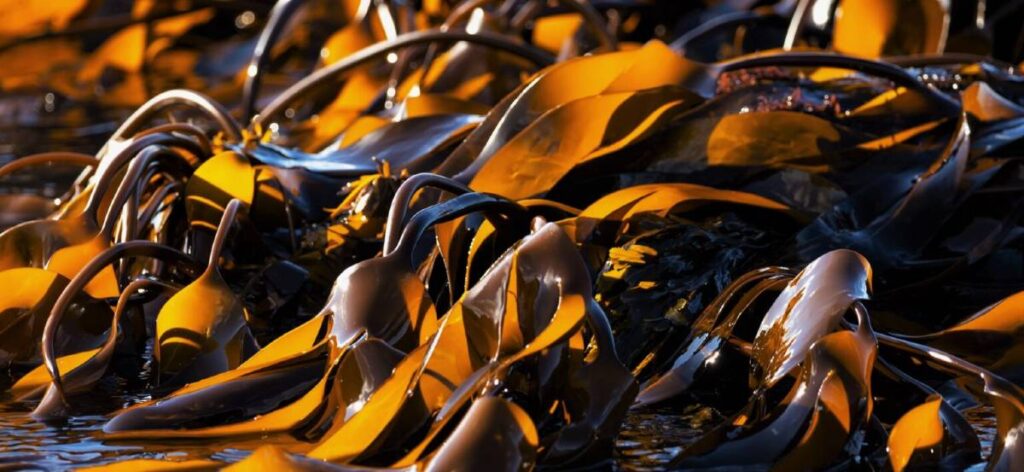
You’ll find three sea algae types: red, green, and brown– the most widely consumed species being brown kelp. Brown kelp, aka the superfood of the sea, is brimming with benefits for dogs and humans alike.
It’s incredibly rich in vitamins, minerals and is one of the best natural sources of iodine. This species also contains polyphenols, flavonoids, and fucoxanthin, which act as antioxidants in the GI tract.
Where Do Sea Algae Come From?
As mentioned above. Sea algae can be found in oceans, lakes, and rivers. Most plants cannot live in seawater because the salt poisons their systems, and the water drowns their roots, but seaweed is not a true plant. It’s full of surprises. Rather, it is complex algae that use stems to protect itself from corrosive ocean water and simple roots and leaves to anchor in place and absorb light. These adaptations help sea algae thrive in some of the harshest environments. Nature is truly neat.
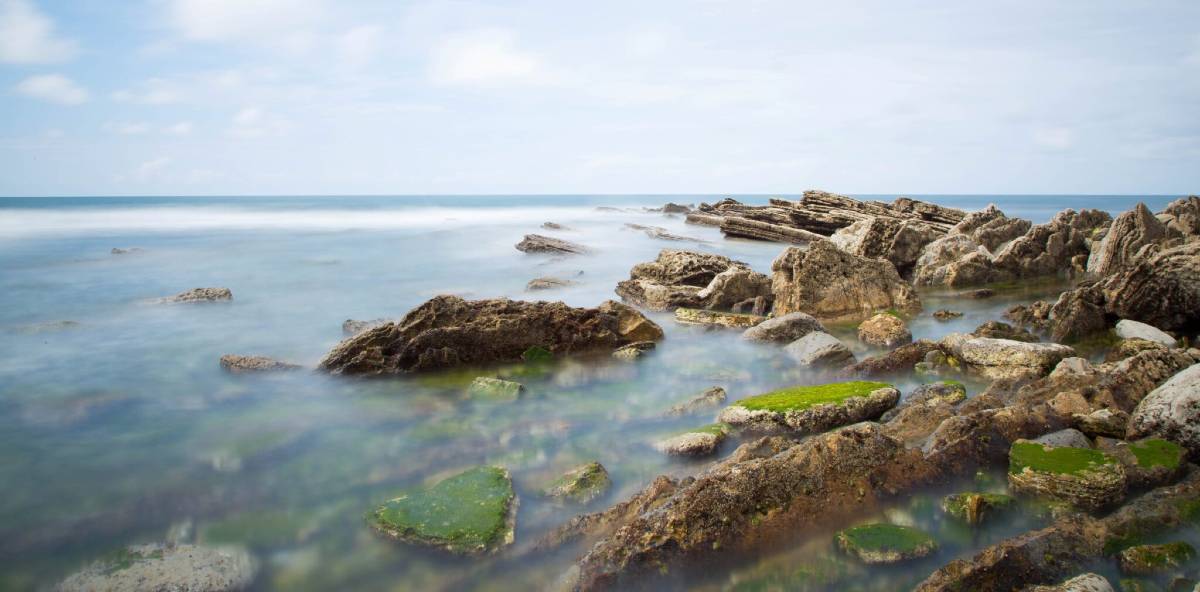
How Does It Work?
First, you have to know what plaque and its predecessor tartar are. Tartar is a combination of minerals, food particles, and bacteria that likes to gather at the gingival surface where the tooth and gum meet. While mechanical chews can remove some plaque simply because of the mechanical action of chewing, it doesn’t get rid of tartar at the gum line where it matters most.
This is where the sea plant’s defense mechanism comes into play.
Taking advantage of sea algae’s osmotic effect, we can use this sea plant to soften the mineral-based tartar buildup on teeth.
That’s because, not unlike teeth, sea plants accumulate a slimy biofilm on their surface.
And scientists have found that these plants have a natural, protective mechanism to break down this biofilm called osmosis. Because tartar is essentially layers and layers of biofilm, this mechanism can be used to combat the buildup of tartar.
Who Should Use It?

Every single dog. Dogs need daily dental prevention from the time they are puppies, not just for fresh breath or pearly whites, but because prioritizing oral health supports a dog’s health as a whole, too.
Without a dental hygiene routine, dogs are at risk for poor dental health and, as a result, poor overall health. The bacteria that contribute to tartar can enter the bloodstream through the red, swollen, and bleeding tissue, and it is taxing on the immune system.
Relying on kibble to clean teeth (it doesn’t) or mechanical chews that can only get to half of your dog’s problem areas haven’t offered solutions, but innovative approaches like sea algae can.
When Should My Dog Use It?
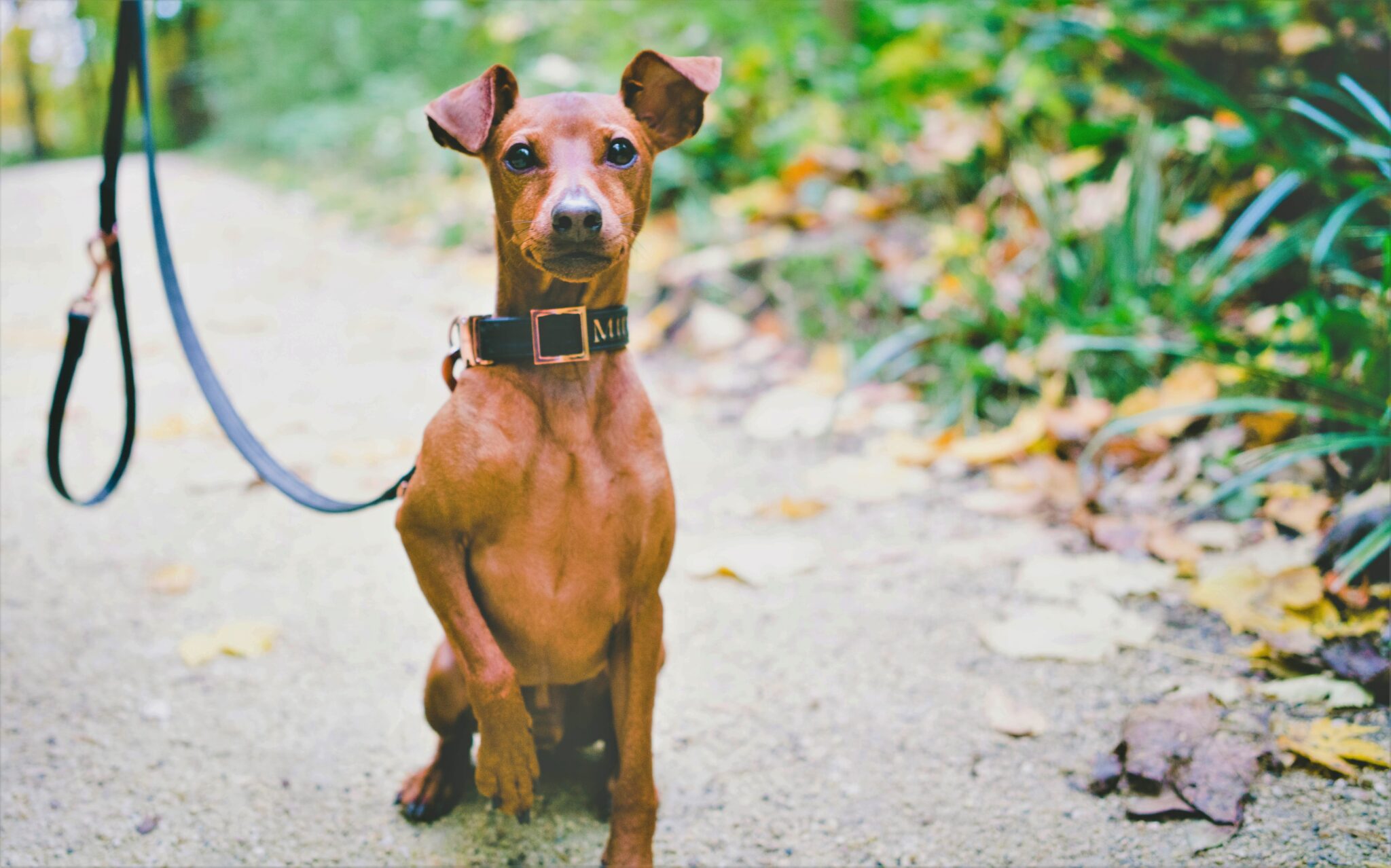
You may be worrying that you’re too late, but that’s not at all the case. Your dog will absolutely benefit from an effective dental routine no matter their age or amount of tartar.
With active agents like sea algae, the thick, caked-on tartar softens at the gum line to remove existing tartar and defend against more tartar accumulation.
Why Does It Beat Out The Alternatives?
 Mechanical Chews
Mechanical Chews
While mechanical chews can remove plaque (because of the mechanical action of chewing), it doesn’t get rid of tartar at the gum line where it matters most.
Using sea algae puts active, tartar-fighting agents right at the gum line– the area that most dental issues develop. A few chomps on a sea algae-infused treat, and the sea plant goes to work, effectively softening the tartar on your dog’s teeth.
 Dental Treats & Chews
Dental Treats & Chews
There are plenty of dental chews and treats on the market promising pearly white teeth and better breath. But many of these come with a whole host of concerns— like choking, cheap ingredients that cause stomach upset, and indigestible pieces that can cause fatal blockages in the digestive system.
These also rely on the mechanical action on chewing to address tartar. See above as to why this doesn’t work.
If that weren’t enough, they are high in carby fillers.
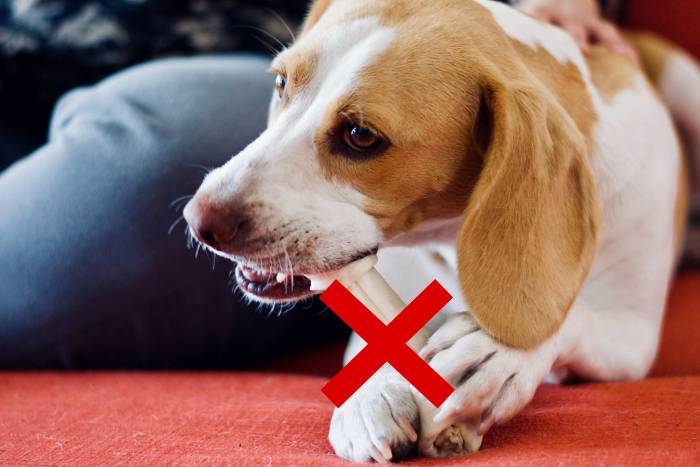
More carbohydrates & sugars = more plaque = stinky breath, tough tartar & bad bacteria.
 Brushing
Brushing
While a daily dental routine like brushing keeps teeth clean and gums healthy, it’s frankly a chore for humans and stressful for most dogs. A dental treat with an active ingredient like sea algae takes that stress out of the equation.

Sea algae is a natural ingredient that offers a completely new way to approach oral health– one without the hassle and stress of brushing, sprays, or ineffective dental products.
And perhaps the best part is when you put sea algae with herbs like parsley and spearmint, it’s complete dental care in a single tasty treat.
Share this Post

Dr. Chris Besent
Chris Bessent, DVM, MSOM, Dipl. OM, L.Ac. has over thirty years of experience in veterinary medicine including certificates in veterinary acupuncture, veterinary chiropractic and veterinary Chinese herbology. Imbued with Eastern philosophy and the knowledge that food is the foundation of health, Dr. Bessent also received her degree in veterinary nutrition and began to formulate recipes fit for a carnivore from nothing but whole foods. Currently, she divides her time between the Simple Food Project and Herbsmith, both of which are owned and operated out of her facilities in southeastern Wisconsin.

Kayla Behling
Kayla is the Content Writer for Herbsmith. She has a cat named Professor Cat-Faced Meowmers, who goes by Kitty, and a goof of a dog, named Duck. She stays busy biking trails, losing at board games, and searching for the next best craft beer.
